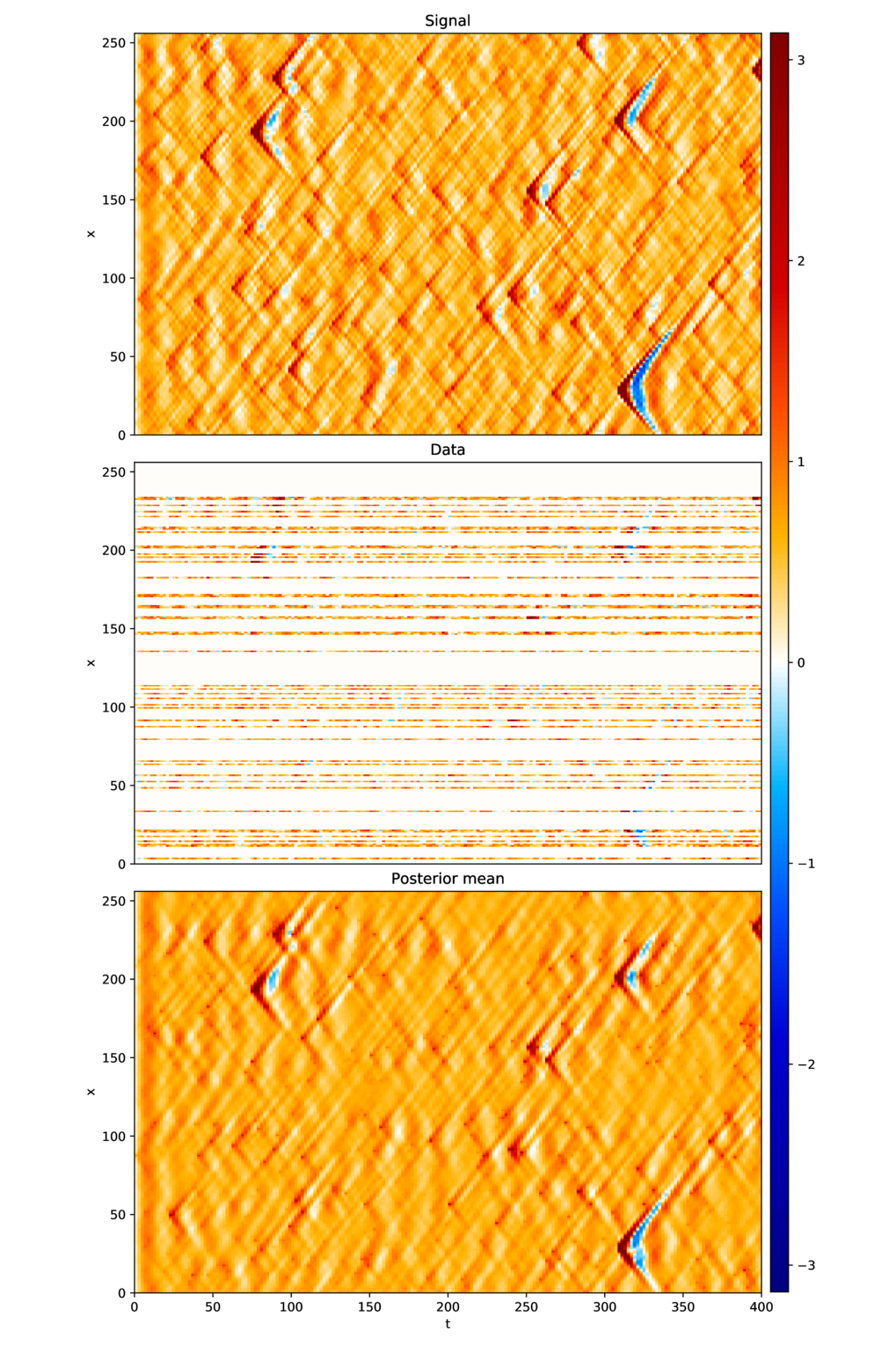Advances in the field of metrology have resulted in totally novel instruments the raw data of which needs to be presented in images comprehensible to human beings.
A group of scientists led by Torsten Enßlin at the Max Planck Institute for Astrophysics in Garching have been researching information field theory for the past decade.
Building upon this theory, the team has developed an imaging software known as NIFTy, which is able to process data from different instruments to deduce the structural properties of a given observation.

NIFTy5, for example, used data from the Gaia space observatory to determine the spatial distribution of dust clouds in the Milky Way.
Astronomers are now making observations of the universe in nearly all wavelengths, but, in contrast with telescopes for example, the information recorded by radio telescopes is delivered in the form of X-rays and gamma rays.
The majority of images obtained from these instruments are the result of complex calculations developed specifically for each individual telescope.
However, a complete picture of a given celestial object can only be created by comparing the data from different fields, which is why it is desirable to combine the images from all these instruments.
This is possible using a concept known as information field theory, which works in the following manner: assuming one wishes to depict the temperature distribution over Germany, this would correspond, in theory, to an infinitely large range of temperature values. Yet, in practical terms, only a finite number of values can be measured.
A computer calculates the entire temperature field based on this incomplete coverage. To ensure a successful result, the computer is primed with certain known laws – for example that temperature differences rarely leap between adjacent areas.
NIFTy (Numerical Information Field Theory), with which Torsten Enßlin and his colleagues succeeded in determining the spatial distribution of dust clouds in the Milky Way, operates on the same principle, using data from the European space observatory, Gaia, which measures the distances between stars and records them through several colour filters.
The differential brightness of these filter fields makes it possible to estimate the dust volumes through which the starlight has passed en route to earth. “From the positions of the stars and dust volumes between us and them”, says Enßlin “we were able to calculate the spatial structure of the dust clouds”.
The challenging thing about this task was that the available data was actually too scant for an accurate reconstruction, which is why, as Enßlin says “we assumed that rather than varying arbitrarily from pixel to pixel, the dust density would obey statistical laws”. Physicists talk of a correlation, yet this correlation function is often unknown and must be determined as part of the overall calculation. “That’s why”, the Max-Planck researcher explains, “we continuously check which correlation function fits best with the data throughout the entire calculation and use it for imaging. This method of non-parametric self-adjustment of the process makes us the global leaders in this field”.

Based on the correlation data, NIFTy5 not only generates a map of the dust cloud but also provides a chart that shows the degree of uncertainty of the accuracy of the model for every single pixel.
The human brain works in a similar way. If we look at something like a particular landscape, it develops various hypotheses about the structure of what it is seeing whilst simultaneously applying them as operating instructions – for example for deciding on the best route through a given locality.
Enßlin’s team used an artificially generated scene to prove that NIFTy5 really works. To do this, the researchers created a wave field on the computer based on random events then dotted it with fragmentary measuring points that only covered part of the entire wave system. The programme then reconstructed the entire wave field from the data with no prior knowledge of the wave dynamics, an understanding of which it learned.
In addition, NIFTy5 has become faster due to further mathematical innovations, including the implementation of a process known as “variational inference by means of metric Gauß”, which requires far less memory space for the calculation than was formerly the case.
“Not only does this make NIFTy5 faster than its precursors, it also gets by with poorer-quality data”, Enßlin explains. This, he goes on to say, may make it possible to reduce exposure to X-rays during computed tomography imaging, whilst retaining the same image quality.
NIFTy5 has already been used to solve a series of astronomical imaging problems. A planned collaboration with the Technical University of Munich could result in the use of the all-round software in daily life.










